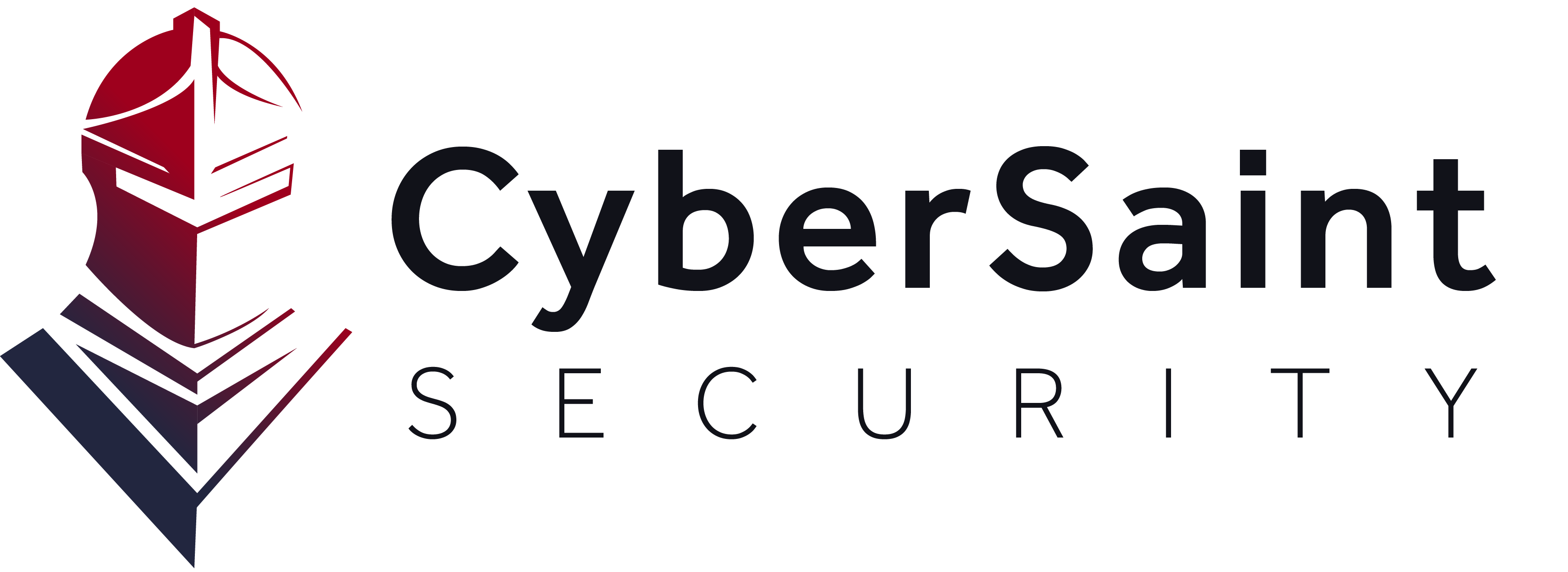The needs of businesses today are rapidly changing. With the rising adoption of digital technologies, the reliance on information and cybersecurity has gone from a technical focus to a top Board agenda item. Where regulatory bodies were once the driving force behind adopting cybersecurity best practices, now those practices are mandated by the CEO and Board. As we have started to see the impact that cybersecurity and enterprise risk management failures can have on the bottom line, we have also started to see the failure of fragmented and siloed governance, risk, and compliance (GRC). Yesterday's technologies are not enough to support what security and business leaders need, which is an integrated approach to risk management.
[What is Integrated Risk Management (IRM)?]
In the era of checkbox compliance, with many frameworks and standards being produced by regulatory bodies, siloed teams were a viable approach to cyber risk assessment and management. When the options for new technology were few, and as a result, regulatory compliance was the brunt of what an organization needed to be secure, breaking apart security and risk management teams did, in fact, get the job done. However, that era of long adoption cycles for new technology, with IT teams as the gatekeepers, ended with the rise of a technologically literate workforce.
Organizations now face a barrage of new tech that appeals to different enterprise business units and teams. As a result, security and risk teams at each respective company face a unique configuration of risk and security threats, given the sheer volume of tool options. GRC risk management plans were neither designed nor matured in a time when flexibility and versatility were paramount. The information security community needs something better to face the potential risks of today’s business environment - enter the Integrated Risk Management (IRM) solution.
Embracing An Integrated Risk Management Approach Within Your Organization
Making the shift from a GRC-oriented program to an IRM framework results in three significant results:
- Risk-aware culture
- Cross-functional visibility and functionality within your information security teams
- Fully integrated platforms and solutions
Enabling A Risk-Aware Culture
A foundational tenet of a strong IRM framework is recognizing that digitization and the overall risks associated are enterprise-wide issues. With proper buy-in and the right training, information security leaders can help shift the organizational culture to one that supports security best practices and helps mitigate risk. Cultural changes are incremental, and information security leaders must play the long game when it comes to making this critical shift to integrated risk management.
Increased Visibility Within The Information Security Organization
The biggest differentiator between IRM and GRC is that integrated risk management is holistically combining cybersecurity and risk management. IRM solutions reconfigure the modules and siloes of governance, risk, and compliance. This increase in performance through an integrated approach helps improve cyber posture, enhances business continuity, and allows CISOs to more fluidly communicate with the Board and CEO.
Implementing Integrated Risk Management Solutions
A new approach requires new tools to enable it. As a result, a program supported by a risk-aware culture and integrated cybersecurity teams requires a fully integrated solution to manage that new program. Teams are often designed around the solutions their organization employs. Shifting to integrated risk management requires leaving modular GRC solutions in the past. This transition improves the productivity of the cybersecurity program and enables enhanced risk analysis and mitigation by taking a holistic view of the enterprise risk profile. IRM also enables enhanced reporting to the Board and CEO - allowing them to roll cyber risk into the general company risk management program.
Taking Action With Integrated Risk Management
The journey to implementing integrated risk management practices and processes is a long campaign for sure. However, in one way or another, all organizations will be faced with embracing some level of IRM in the digital age. The silos and modules of the GRC era are rapidly coming to an end. Where once IT organizations could manage the trickle of new technologies, the current onslaught of new tools and platforms has irrevocably changed that for almost all businesses. As a result, information security teams must adapt and embrace new methodologies and frameworks to support this paradigm and enable their entire organization to improve its cyber risk posture.










